BMW 2002 Turbo
Cars, that are sought-after classics today, don’t always hit the nerve of time when they debut. A good example of this statement is the BMW 2002 Turbo, which made its debut at the IAA (Frankfurt Motorshow) in 1973. Actually, this motor show has always been one of the good platforms for sports cars, but it was exactly in 1973 that the oil crisis hit Europe and led to a turnaround in the media and car landscape. In the Arab states the oil tap had been turned off, which had led to an unbelievable increase in petrol prices, rationed fuel quantities per person, hastily installed speed limits and car-free Sundays. Accordingly provocatively the public noticed the premiere of the BMW 2002 Turbo, which carried not only noticeable spoilers at front and rear, but additionally the BMW Motorsport colors (dark blue, light blue and red) as stripes at the sides and at the front spoiler as well as widened fenders, which were riveted to the body. The front spoiler on the presentation car at the show and in the brochures also received a ‘Turbo 2002’ lettering in mirror lettering in order to make it clear to the driver in front directly what is rolling on, when he or she looks in the rear view mirror, without having to activate the flashlights. This war painting was decidedly too much for the good and even led to an official request in the German Bundestag. In a short debate the politicians discussed whether such a vehicle animates to reckless driving, if the road safety would be endangered and if the BMW should therefore be forbidden from highest place.
On the basis of the fact that the 2002 Turbo ran from the assembly lines 1,672 times between September 1973 and November 1974, one can read that the politicians refrained from a ban. At the same time, the low production figure also makes it clear that potential buyers during this period probably had other concerns than buying a potent BMW. In addition, engines with turbochargers were still completely unknown in automotive engineering at the time, as this technology was more familiar from trucks and agricultural vehicles in order to provide their diesel engines with more power. BMW came first with the 2002 Turbo, even before Porsche could launch the 911 Turbo, and thus put the first turbo street car from German production on the roads. It wasn’t the first production turbo car worldwide, as Chevrolet presented the Corvair Monza Spyder and Oldsmobile the Jetfire already back in 1962. Actually the car was only a cheap, mature basis for the new technology for the car manufacturer from Munich, as the 02 Series was already in production since 1966. Since there was some potent competition from competitors like Ford (Capri RS), Audi (80 GT) or Opel (Manta GT/E) in the meantime, which more or less reached the ‘Club 200’ (cars with topspeeds of 200 kph and more) with ease, BMW tried to blow new life into the 2002 – under high pressure.
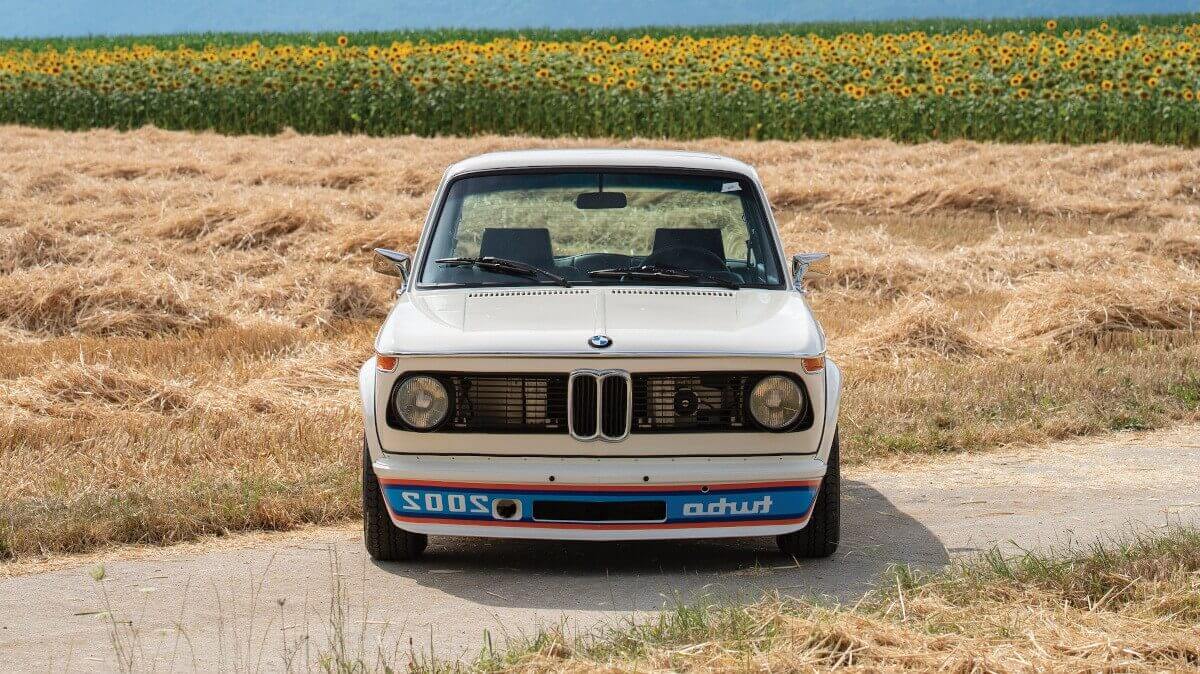



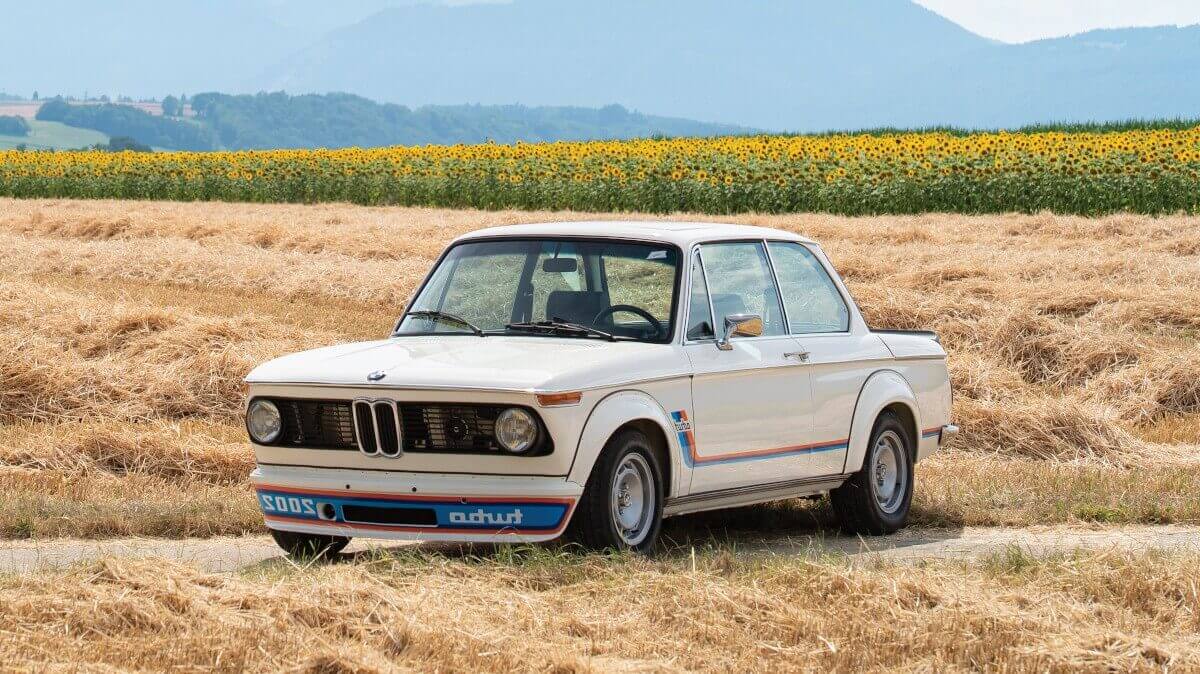



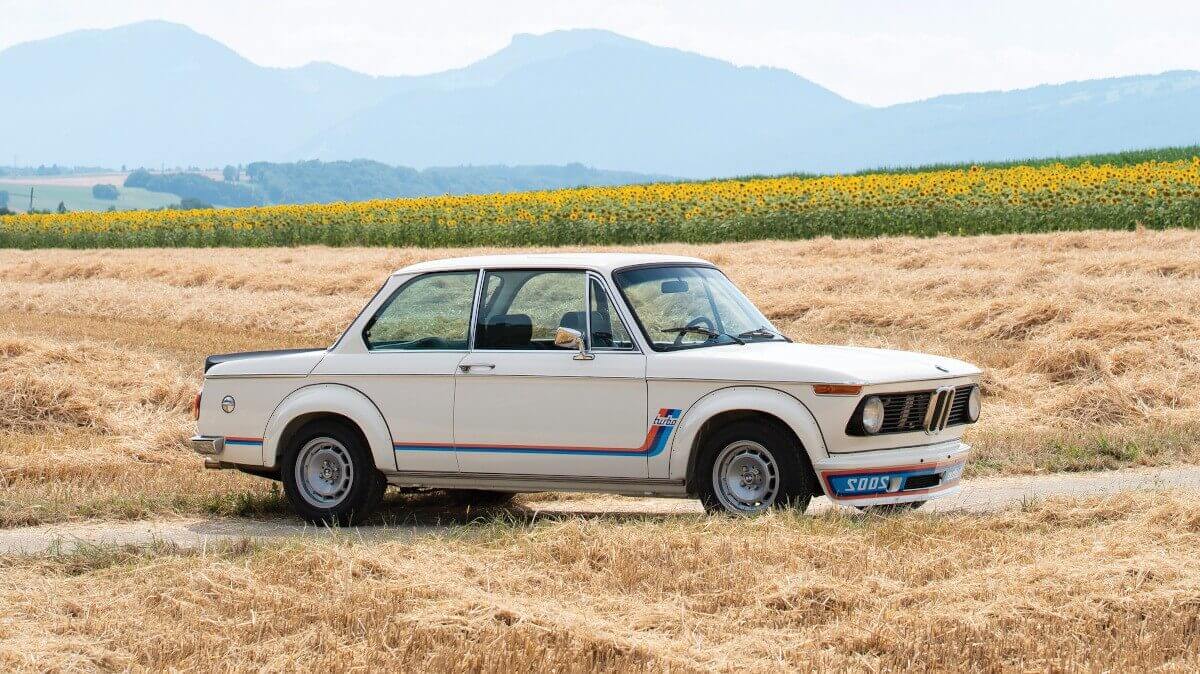



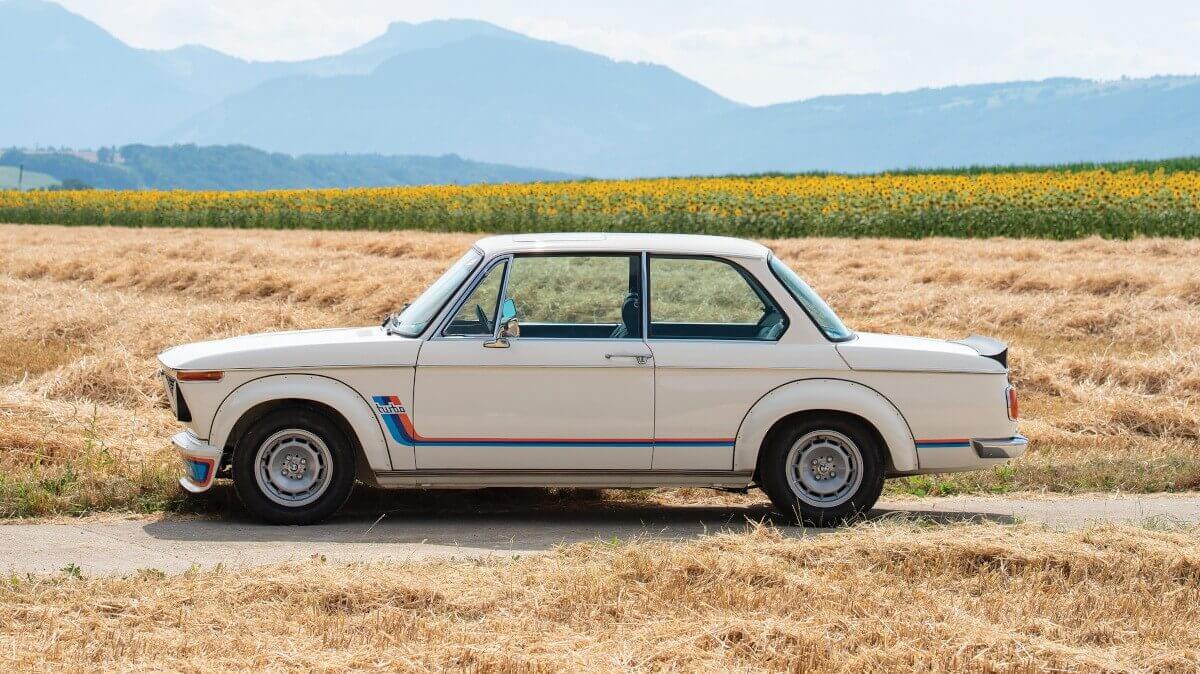



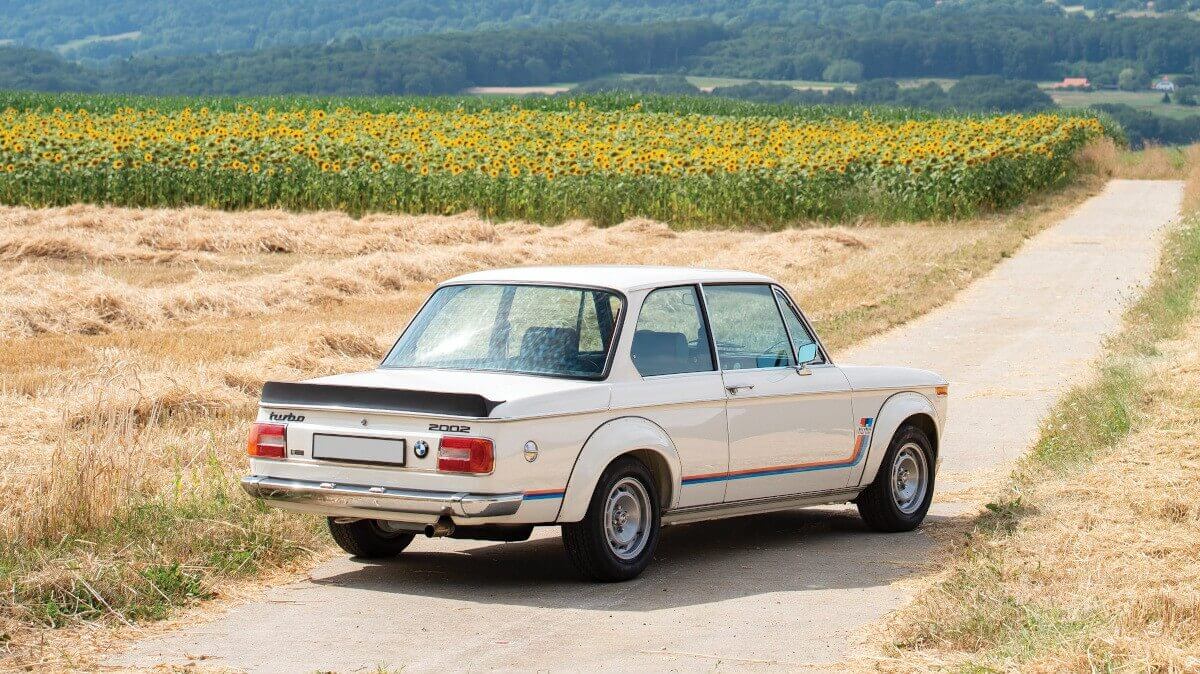



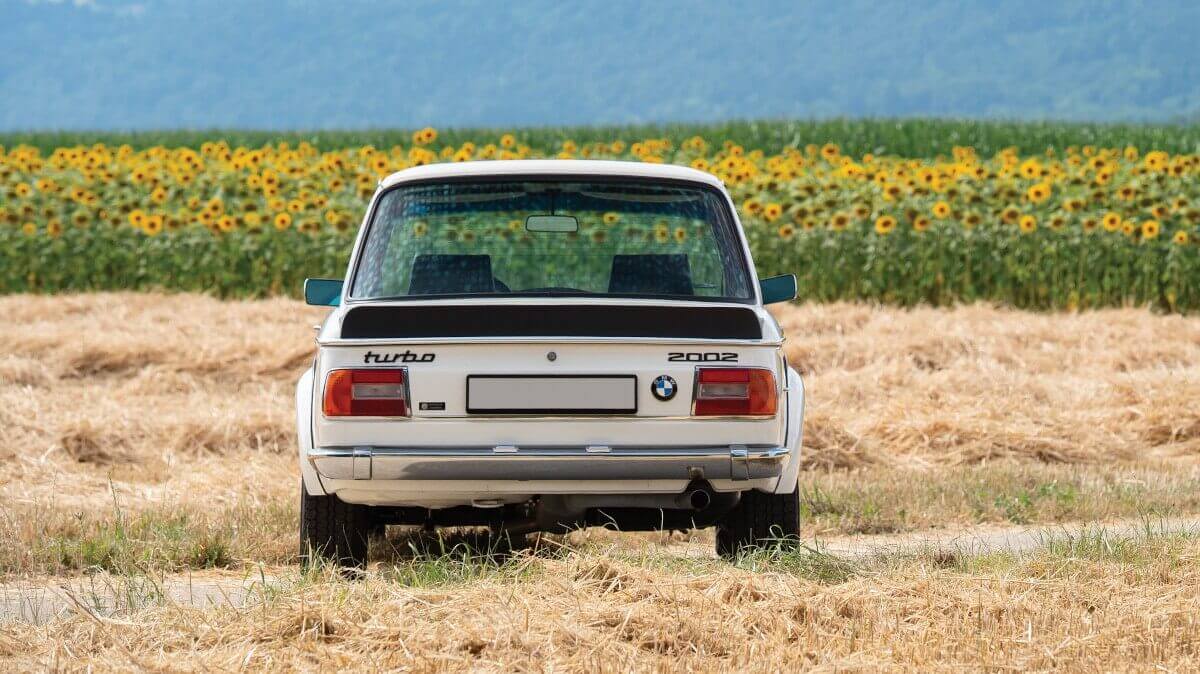



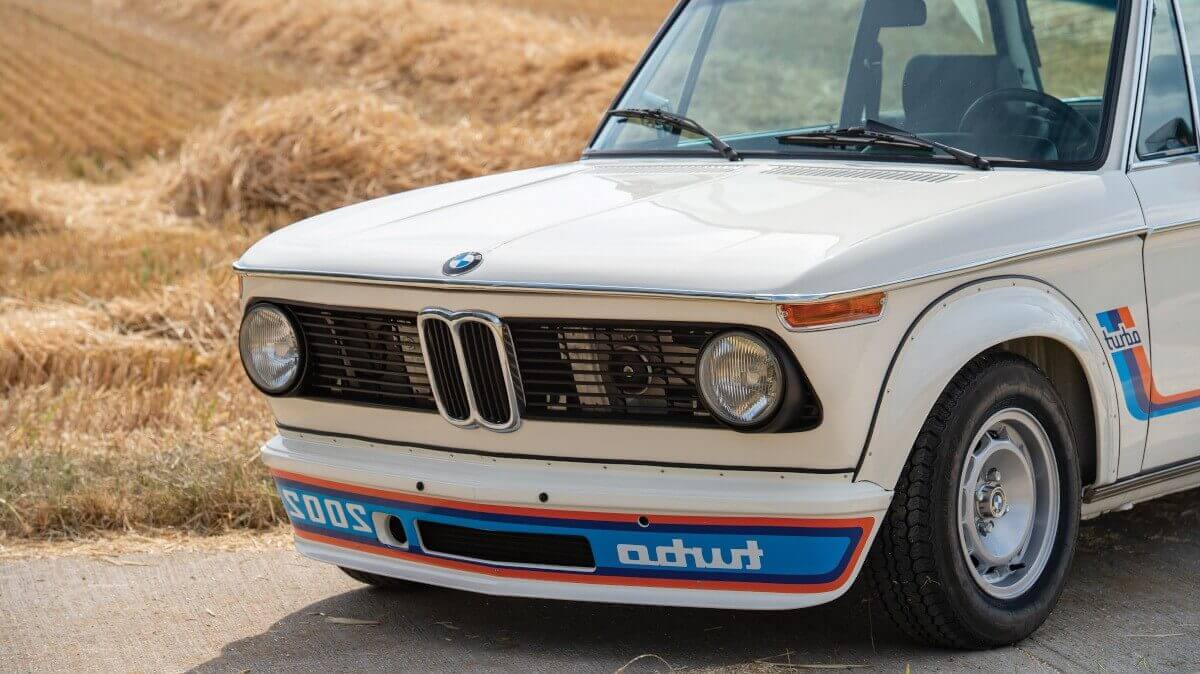



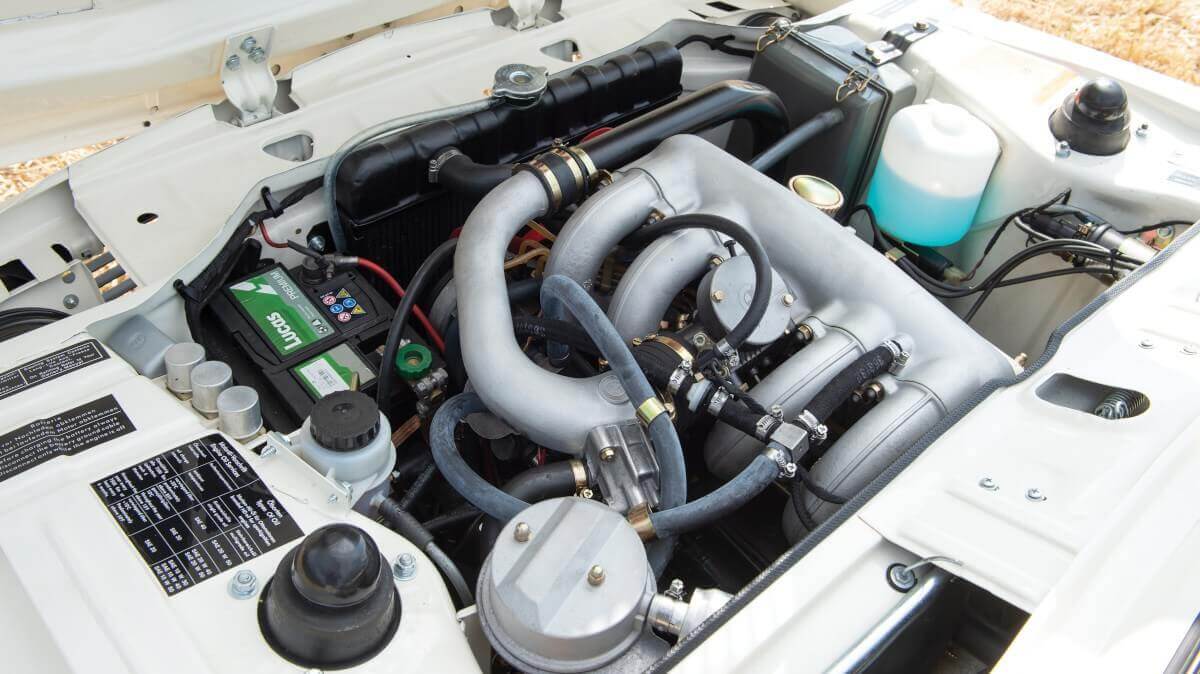



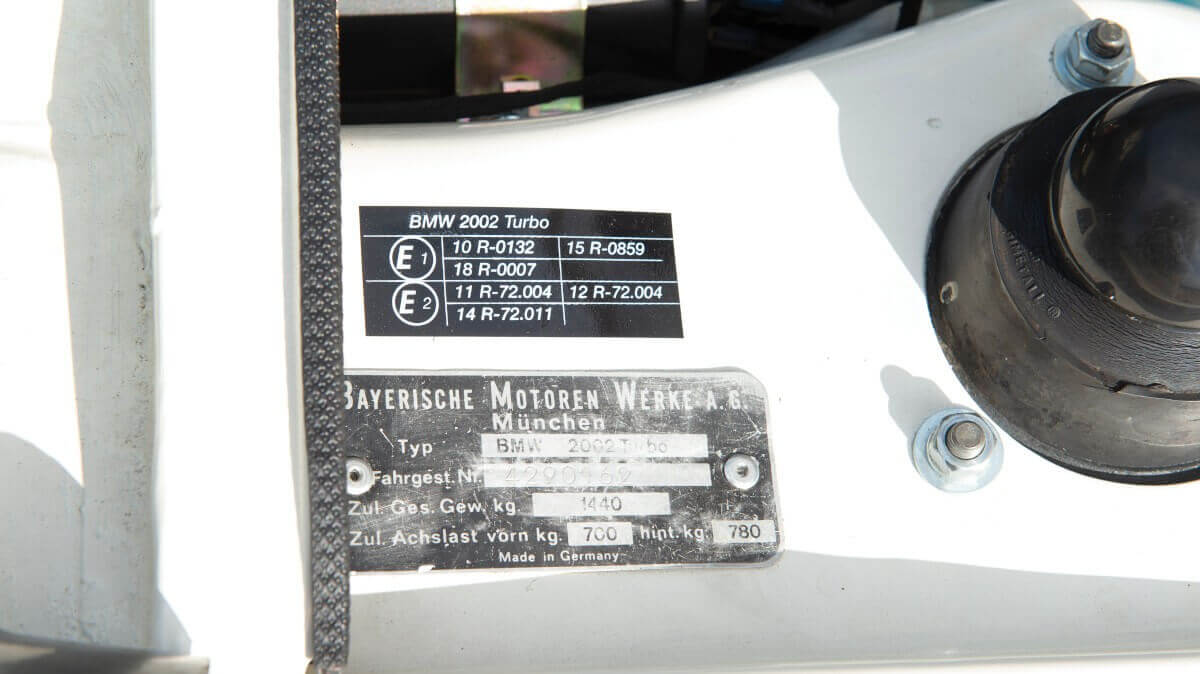



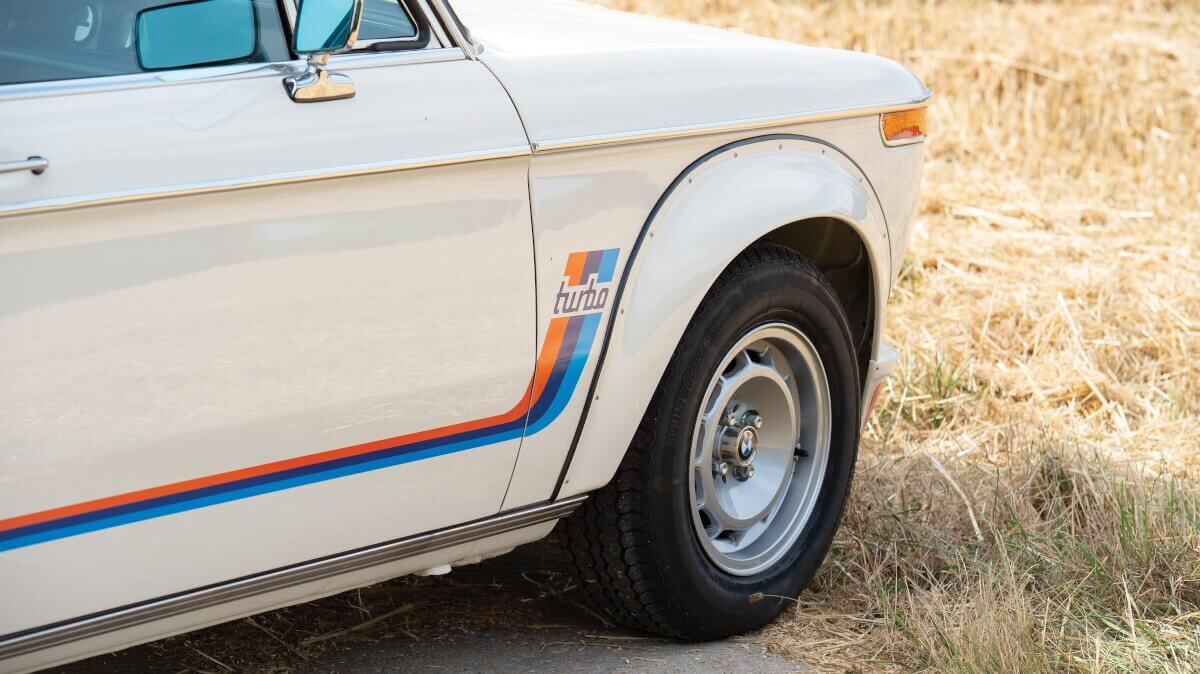



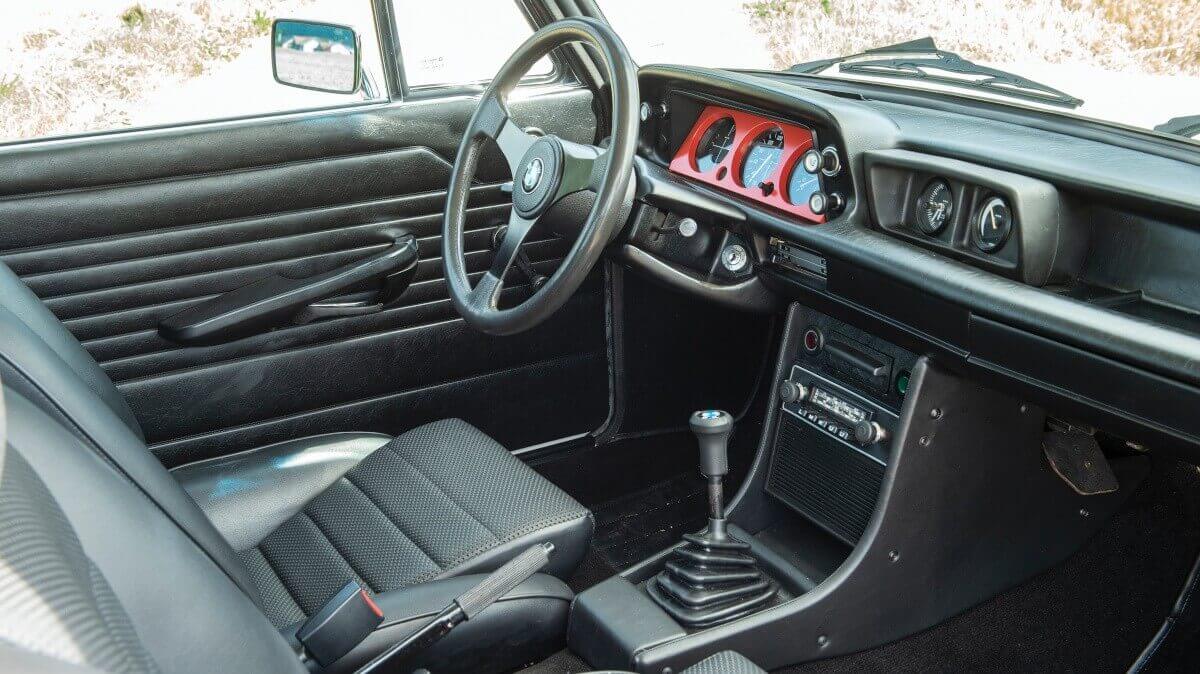



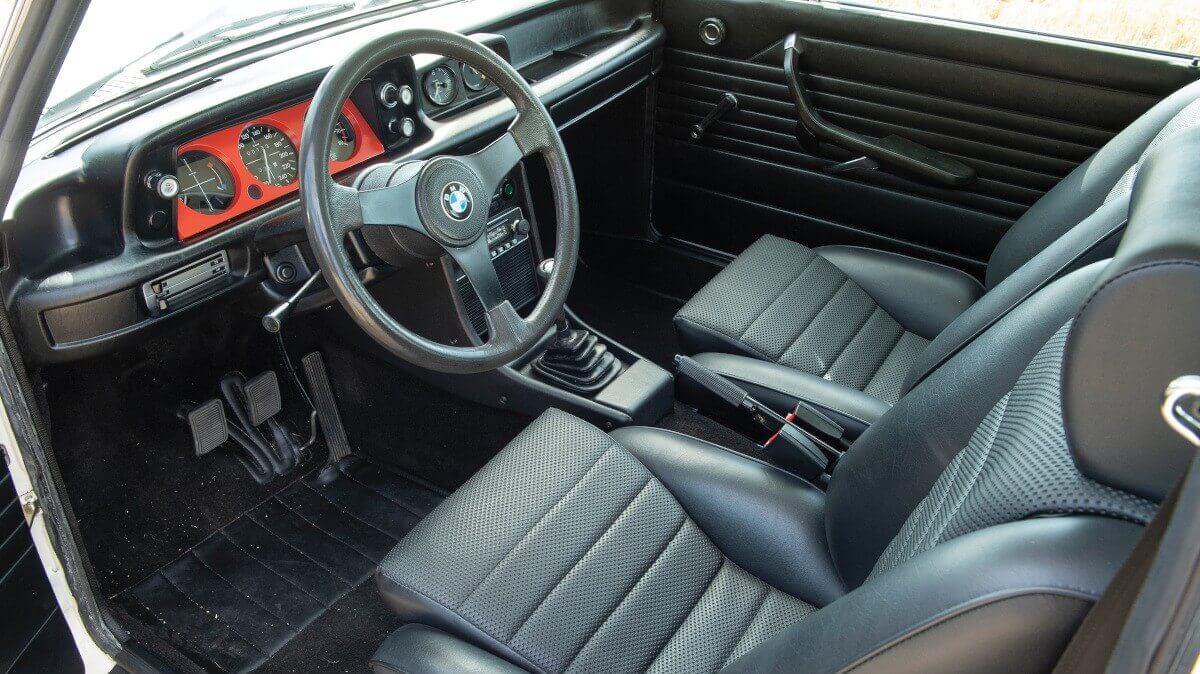



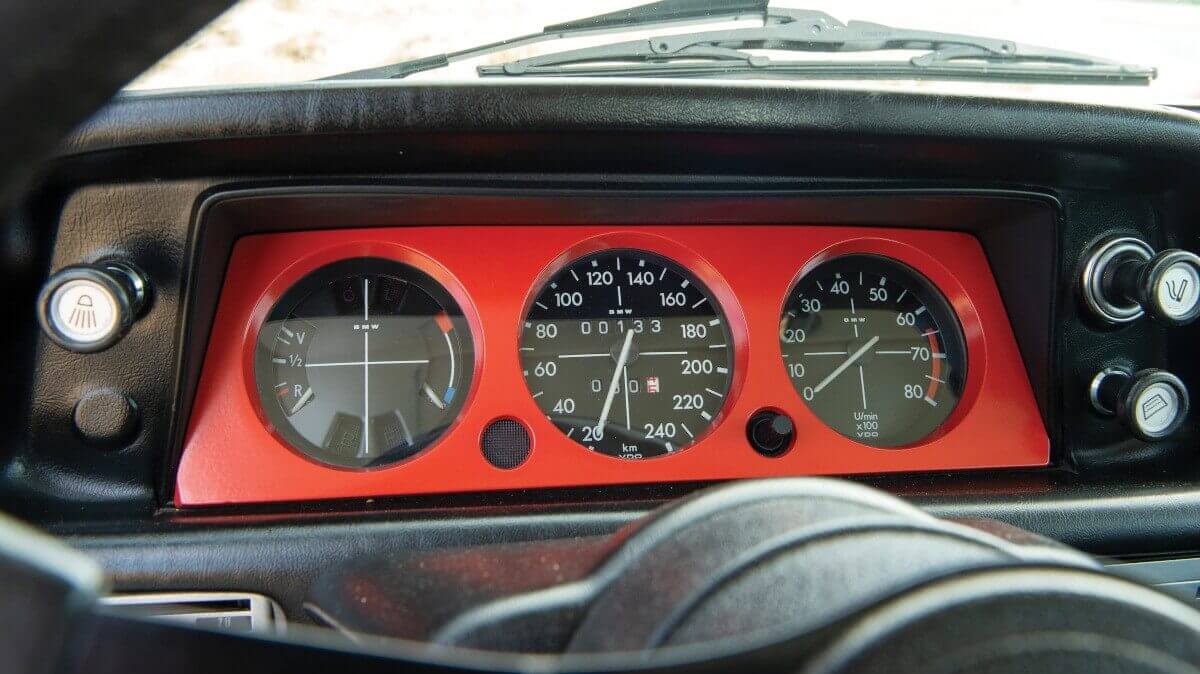



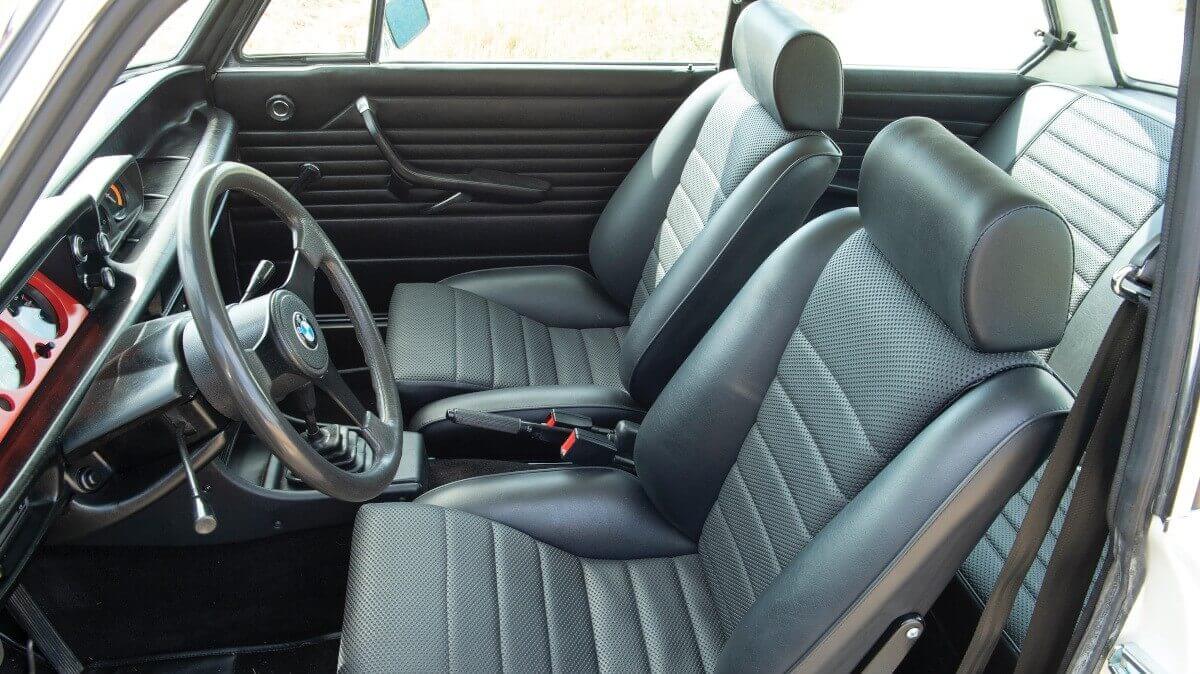



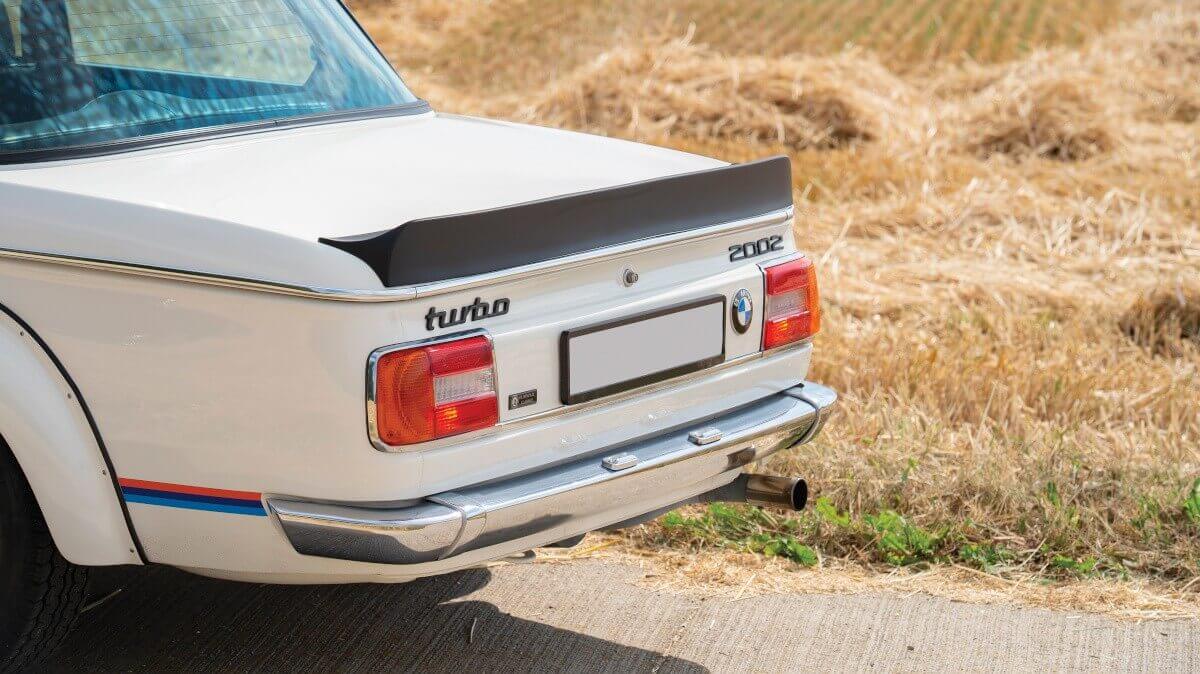



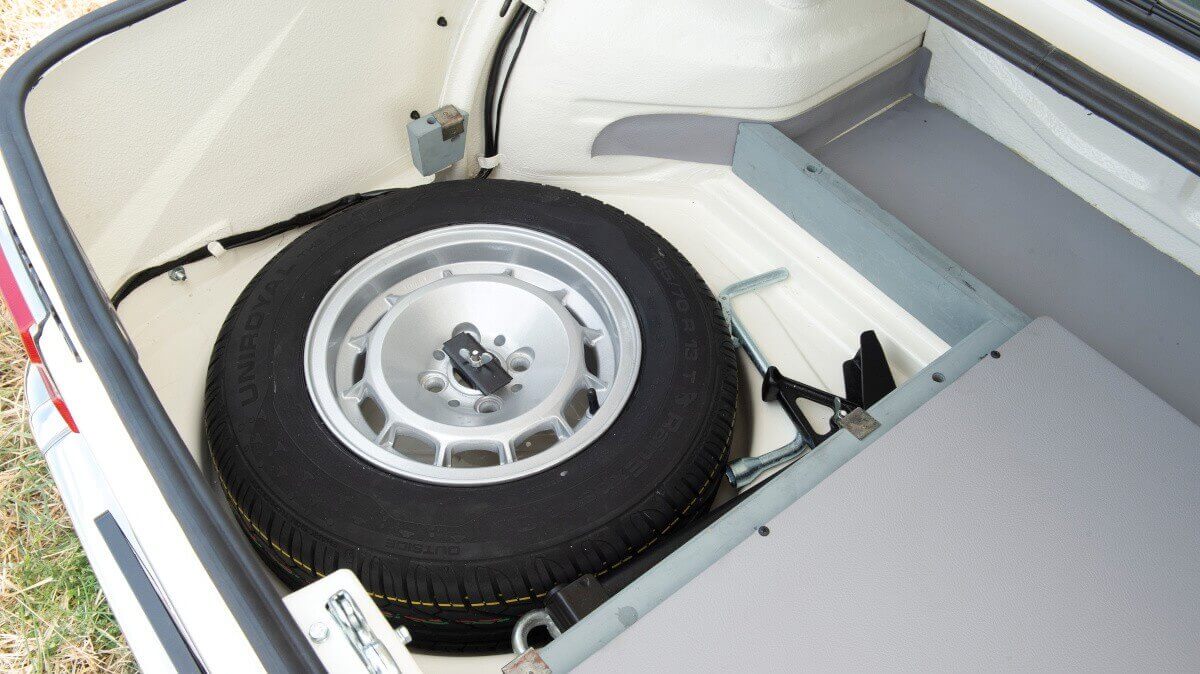



Under the forward opening hood of the BMW 2002 Turbo sits a two-liter four-cylinder engine with Kugelfischer petrol injection, pressurised by a KKK turbocharger, which develops 125 kW/170 hp and a maximum torque of 240 newtonmeters. In just 6.9 seconds the 100 kph mark (62 mph) can be reached. According to BMW, a maximum speed of 212 kph (131.7 mph) was possible. Among other things, this was made possible by a manual four-speed gearbox and a kerb weight of just 1,080 kilograms. Accordingly, the car was advertised with the slogan: “The best thing you can do with exhaust gas is performance”. However, the 2002 Turbo didn’t come close to the low fuel consumption of today’s downsizing turbo vehicles. With an average of around 16 liters of petrol per 100 kilometers, the level was just as high as with the purchase price of 20,780 DM (end of 1974). Nevertheless, there were also customers from Japan, Panama, Guatemala and Angola who ordered the 2002 Turbo unseen after its world premiere (live stream broadcasts on the internet weren’t even available in the science fiction films of the time). In contrast to the prototype at the IAA, which was also photographed for the sales brochures, the production cars never had the mirror-inverted lettering on the front and a rear spoiler in black plastic instead of body color. The latter was either ‘Chamonix’ (white) or ‘Polaris’ (silver metallic), whereby in the second year of production the special colors ‘Inka’ (orange), ‘Verona’ (red), ‘Taiga’ (green metallic) and ‘Black’ were added to the options list for an extra charge. Of the 1,672 vehicles built, 624 went to Germany, 356 to Italy, 180 to France, 117 to Japan, 110 to Switzerland, 68 to the UK and 63 to Sweden.
On October 24th RM Sotheby’s offers a beautiful BMW 2002 Turbo from the Youngtimer Collection in London. Since the beginning of the year, this car collection has repeatedly been part of the major auctions of the American-Canadian auction house. This 2002 received an extensive nuts-and-bolts restoration some years ago by the marque specialists of Oldenzaal Classics. For this purpose, the car was completely dismantled into all individual parts, all defective components were exchanged, the body was repainted in the original ‘Chamonix’ including M-stripes and then reassembled in the best possible quality. On the front spoiler the provocative mirror writing was reproduced, which never was painted onto the cars ex works. Since then, the current owner has only covered 132 kilometers with the BMW. RM Sotheby’s expects a hammer price between £ 110,000 and £ 120,000.
Images: RM Sotheby’s, Tom Wood




